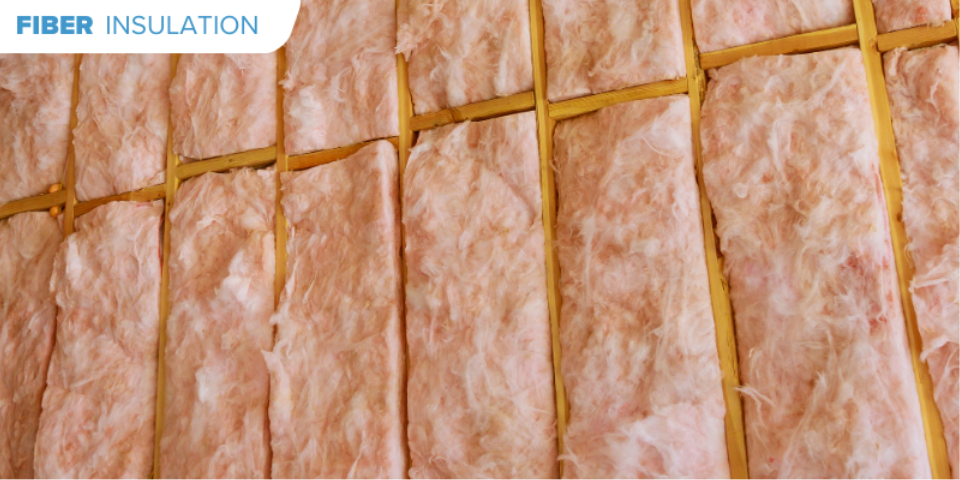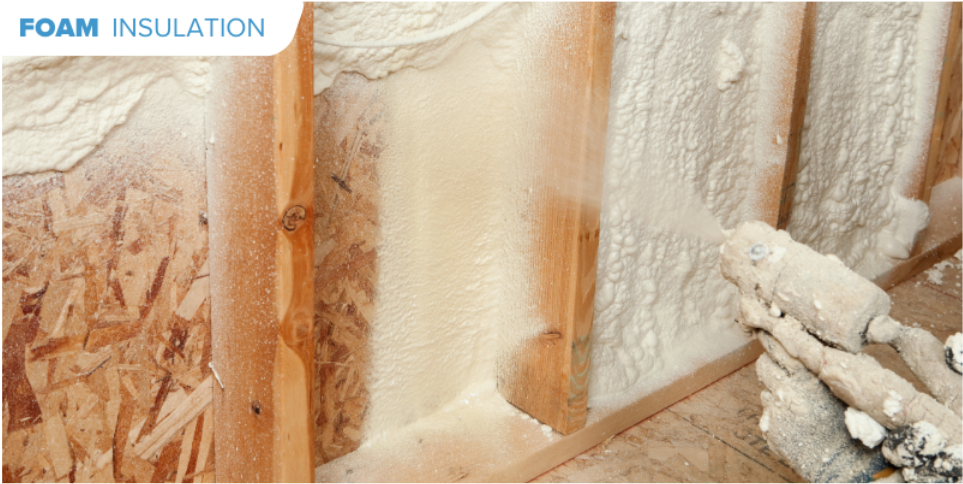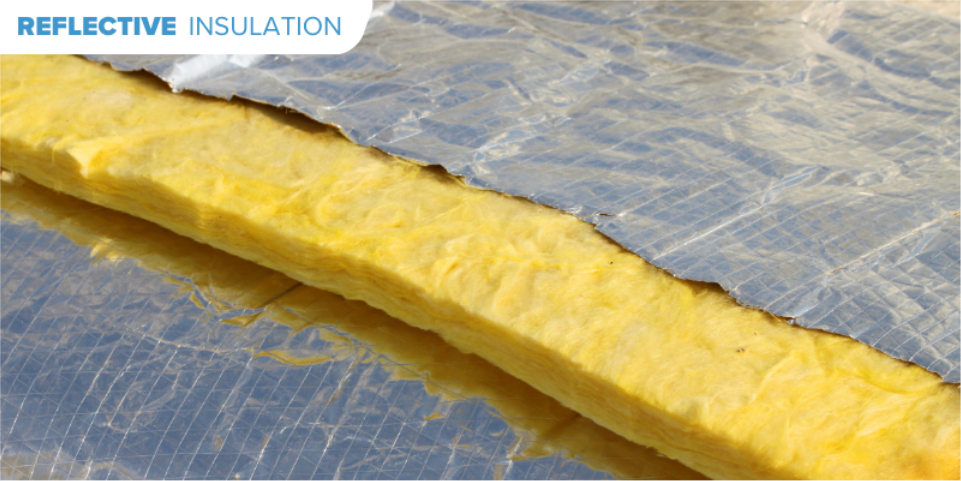01/14/2025
Proper insulation is a key factor in helping to keep your home comfortable and energy efficient. Insulation helps regulate the flow of heat in and out of your home, ensuring you stay warm in the winter and cool in the summer. When combined with other energy saving measures, your energy smart actions can help keep your home’s ecosystem thriving and monetary savings cozy in your wallet, too!
The effectiveness of insulation is measured by what’s known as the R-value, which is its thermal resistance, or how well it resists heat flow. The higher the R-value, the better the insulation will perform.
The recommended R-value for your home depends on several factors, including what part of the house you’re insulating (like your attic, the walls, or the basement), where you live, and the materials used to build your home. It’s also affected by the type of heating and cooling you use for your home, and the level of humidity in your region.
To learn more about how insulation works and how R-value works in correlation to where you live, visit the Energy Star website.
There are three types of insulation: fiber, foam, and reflective.
Fiber insulation comes in what’s called “loose fill” or “batts.”

Foam insulation is available as rigid sheets or sprays.?

The third type of insulation is reflective. It works how its name implies, by reflecting radiant heat instead of slowing the heat flow. It’s most effective when installed next to an air gap, which is the space between two surfaces, such as the floor and your wall. Reflective insulation can provide a R-value up to R-8. However, it’s not meant to be the only type of insulation used in a home and should be in conjunction with fiber or foam.

Before you decide which insulation is best for your home, consider these steps:?
Creating a more energy efficient home takes more than just good insulation. DIY solutions can go a long way toward helping keep costs down:
Proper insulation helps equate to an energy-efficient home. The right insulation can help significantly lower your energy bills while keeping your home comfortable year-round.
Conducting thorough research is key when updating your home’s insulation. Consider the right R-value for your location, the type of insulation you should use, and whether to DIY or hire a licensed professional. Follow the instructions carefully if you take the DIY route, otherwise be sure to use a licensed professional.